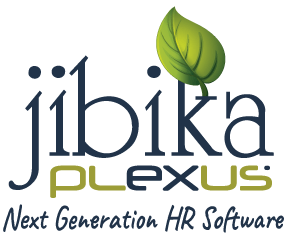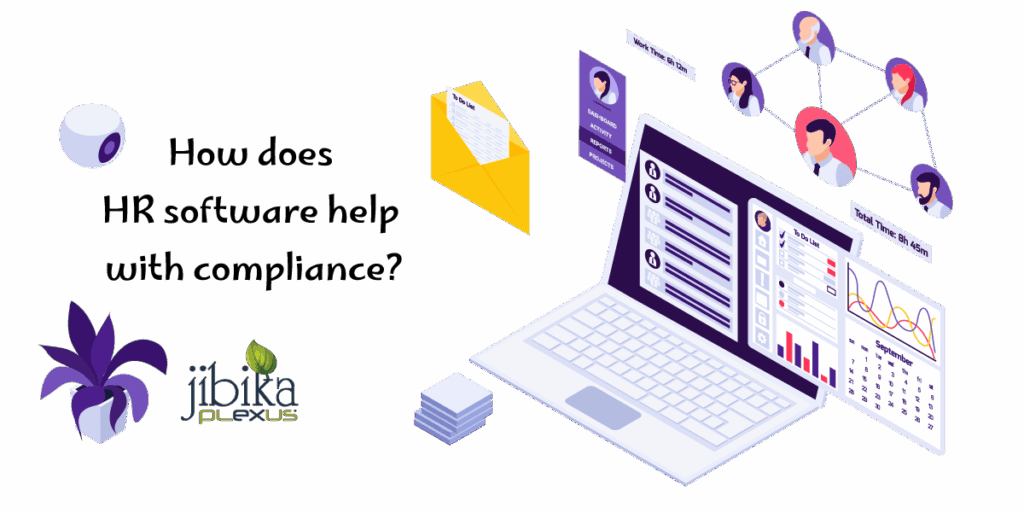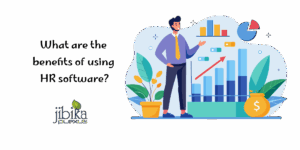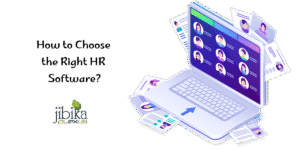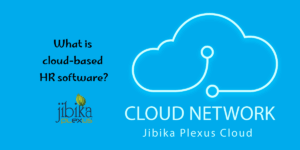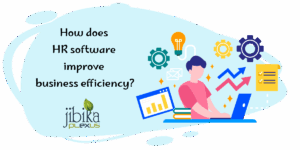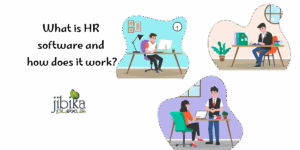As businesses operate in an increasingly complex regulatory environment, they face increasing challenges to ensure compliance with labor laws and tax regulations and to abide by industry standards. Failing to comply can result in fines, lawsuits, and damaged reputations.
This is where human resources (HR) software comes in and revolutionizes HR teams of any size. HR software helps prevent mistakes and ensures companies stay ahead of regulatory requirements by centralizing compliance-related processes and automating tasks.
So, why use HR software for compliance, and what are its benefits when choosing a solution? If you want to know how to make compliance easier in your business, read on!
The Role of Compliance in HR
HR compliance concerns local, state, and federal laws governing employment practices. These include areas such as:
- Labor laws (e.g., overtime, minimum wage, and working hours regulations)
- Anti-discrimination policies
- Health and safety standards
- Obligation to maintain records for employees
- Tax reporting and payroll compliance
Staying abreast of these regulations is no mean task for companies operating across multiple geographic regions or countries. Screw-ups, intentional or not, can incur steep fines, lawsuits, or even permanent brand damage to a company. HR software can help companies stay compliant by providing tools to track and manage these requirements efficiently.
How Does HR Software Help with Compliance?
1. Automated Recordkeeping
Managing accurate records is one of the most significant challenges in compliance. HR software streamlines this process through:
- Automatically store all employee data, like personal details, contracts, certifications, etc.
- Audits include tracking changes and creating a digital paper trail.
- Reminders for renewals of employee documents with expiration dates, like work visas and certifications.
This saves you time on administrative tasks and ensures your documentation is always organized and audit-ready.
2. Staying Updated with Changing Laws
Employment laws and regulations are constantly evolving, and keeping track of all the changes can be challenging. HR software solutions often have built-in compliance updates to align your business with all new rules.
- For Example, the system automatically adds tax codes, labor laws, and healthcare regulations.
- Notifications notify HR teams of urgent changes, preventing non-compliance problems.
3. Enhanced Payroll Management
Payroll compliance: A critical area for potential errors. HR software avoids errors in the following ways:
- Determining payroll taxes and quarterlies per current law.
- Generating tax documents (e.g., W-2s, 1099s) and making on-time submissions
- Monitoring paid leave, benefits, and overtime to comply with labor laws.
HR software automates payroll processes, minimizing manual errors, ensuring accurate employee payment, and reducing compliance risks.
4. Data Security and Privacy
With the advent of data protection laws like GDPR and CCPA, protecting employee data is a must. HR software has many advanced security features, like:
- Role-based access controls ensure that sensitive data is only accessed by people with the correct signing key.
- Encrypting data to avoid breaches.
- Adhering to privacy laws ensures your data usage policies follow legal regulations.
All of these features not only safeguard employee data but also decrease the likelihood of penalties for mishandling data.
5. Tracking Training and Certification Tracking
For instance, some industries, like construction or healthcare, require employees to undergo routine training or obtain specific certifications. HR software helps by:
- Monitoring completion of training and expiry dates of certifications.
- Providing reminders ahead of renewals or training sessions.
- Creating reports to demonstrate compliance during audits or inspections.
This helps keep employees compliant as employees are always qualified and validated, ensuring no non-conformance risks.
6. Audit Readiness
Internal or external audits can be daunting, and your documents will be disorganized. Here’s how HR software makes audits seamless:
- Providing one-click access to employee records, payroll info, and compliance reports.
- It enables HR teams to create audit-ready reports in just a few clicks.
Not only does it save time spent sending over documents, but it also shows auditors transparency and accountability.
7. Compliance Features You Can Customize
Each organization has its compliance needs, particularly those operating in multiple jurisdictions. Most HR software suites provide modular compliance tools that you can customize according to your needs, such as:
- Adjusting workflows to comply with regional labor laws.
- Custom alerts for compliance deadlines in specific locations.
This adaptability ensures your compliance strategy meets the specific challenges your business faces.
8. Simplified Corporate Joining and Leaving
Compliance starts the day an employee is hired and doesn’t end when they leave. HR software helps by:
- New hires complete all needed paperwork during onboarding.
- Exit paperwork, final paychecks, and benefits termination are part of offboarding.
This minimizes the danger of overlooking crucial compliance tasks during these significant changes.
Why HR Software is Helpful with Compliance
Lowered risk of Fines and Penalties: Automation reduces human errors, minimizing the chances of costly mistakes.
Enhanced Efficiency: Compliance tasks that take hours are streamlined, giving HR teams the capacity to focus on strategic initiatives.
Scalability: HR software will also ensure you have the tools to scale compliance processes seamlessly as your business grows.
Improved Employee Experience: Transparent and timely payroll, benefits management, and training updates increase employee satisfaction.
Essential Features to Look for in HR Compliance Software
So when choosing the HR software for compliance, look for these features:
Audit Trails: Look for software that logs a history of changes for accountability.
Legal and Regulatory Compliance Updates: Choose solutions that are always up-to-date with legal and regulatory changes.
Scalable Workflows: Select software that can be tailored to your distinct needs for compliance.
Integration Capabilities: Select software that integrates with your other tools, like payroll systems or tax software.
FAQs
Q) What will happen if my company isn’t compliant with HR regulations?
Answer: Failure to comply may lead to fines, lawsuits , and reputational damage. HR software minimizes these risks by automating the compliance process and keeping records audit-ready.
Q) Can HR software help with international compliance?
Answer: Yes, all the HR software platforms support compliance in many regions by tracking country regulations, such as labor and tax, and data privacy laws in these locations.
Q) What does the actual HR software for small businesses look like?
Answer: Absolutely! HR software is flexible and scalable enough to accommodate the requirements of small businesses. It helps simplify mind-numbing compliance work, bringing efficiency and reducing error possibilities.
Conclusion
HR compliance is essential to managing any business, but doesn’t need to be intimidating. HR software is your best friend in this area, automating innumerable monotonous tasks, monitoring the continuously changing regulations, and ensuring that your company remains compliant. Investing in effective HR software can help businesses save time, cut down risks, and concentrate on expanding their operations without the hassle.
Whether you are a small startup or a multinational conglomerate, investing in HR software is a win-win situation that yields dividends in terms of compliance, efficiency, and peace of mind. Begin exploring your options NOW and take the first step towards a compliant future!
